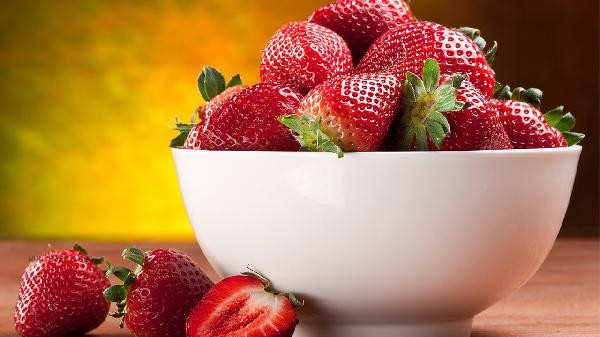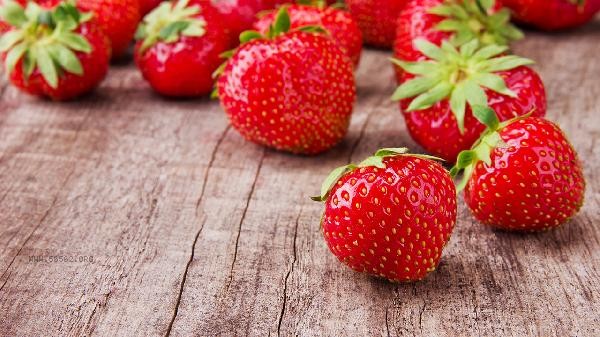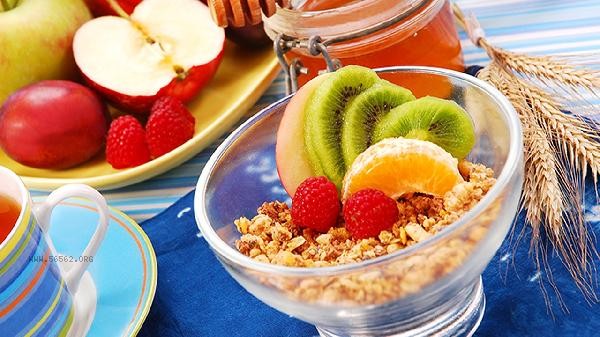When strawberries mature, the skin color is uniform and bright red, the flesh is full and elastic, emits a strong fruity aroma, and the sepals naturally curl upwards. The maturity of strawberries mainly depends on changes in color, texture, aroma concentration, sepal state, and picking time.

1. Color Change
Mature strawberries have a uniform bright red or variety specific color on their skin, such as deep red for Zhangji strawberries and milky white for white strawberries. Immature fruit often leaves a greenish white residue at the base, and when over ripe, dark red or brown spots may appear. Strawberries with sufficient light have more uniform coloring, while strawberries grown in greenhouses should be aware that the backlit surface may not have enough coloring.
2. Soft and Hard Touch
Strawberries should have moderate elasticity when lightly pressed with fingers. If they are too hard, it indicates that they are not fully ripe, while if they are too soft, they may be too ripe or internally rotten. Mature strawberry flesh cells are fully swollen but remain tight, and the delicate texture of the subcutaneous flesh can be felt when lightly pinched. It is best to squeeze hard without any juice leakage.
3. Aroma concentration
Naturally ripe strawberries can smell a sweet fruit aroma 3-5 centimeters away from the fruit, mainly from glycosylated volatile esters. artificially ripened strawberries have a weaker aroma, and refrigeration can weaken the volatilization of aroma molecules. You can place the strawberry in your palm and gently hold it for a moment, as the temperature rises and the aroma becomes easier to distinguish.

4. Sepal state
Fresh and mature strawberry sepals are bright green and naturally stretched, with no wrinkles or shrinkage at the junction with the fruit. After harvesting, the sepals will gradually wilt and curl, and if they become dry and blackened, they may have been stored for too long. Some varieties, such as red strawberry, have their sepals noticeably upturned when they mature, forming a 45 degree angle with the fruit surface.
5. Picking Time
Strawberries grown in the open field enter the fully ripe stage 28-35 days after flowering, and the highest sugar content is harvested after the dew dries on sunny mornings. In winter, the ripening period of strawberries in greenhouses is prolonged due to insufficient light, and the degree of fruit color change needs to be observed. Strawberries picked after three consecutive days of no rainfall have a stronger flavor, while fruits picked on rainy days are prone to decay.

When selecting strawberries, multiple indicators can be combined to make a comprehensive judgment, avoiding relying solely on color for selection. Mature strawberries are rich in vitamin C and anthocyanins. It is recommended to rinse gently with running water and consume as soon as possible. Store at room temperature for no more than two days. If necessary, the sepals can be removed and sealed for refrigeration, but the flavor will gradually dissipate. Patients with diabetes need to control their single intake, and those who are allergic to berries should take it with caution. Purchasing strawberries grown organically can reduce the risk of pesticide residues, and fruits with a natural luster and no white powder on the surface are fresher.








Comments (0)
Leave a Comment
No comments yet
Be the first to share your thoughts!